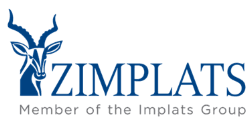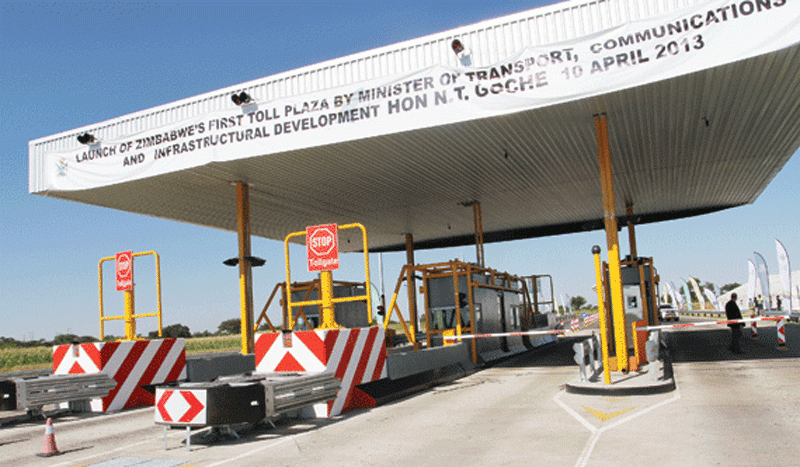
ZIMPLATS Holdings Limited spent US$789 million during the quarter to March this year towards major capital projects, including the development of Mupani and Bimha mines upgrade as the platinum group metals miner expands operations.
In its latest quarterly report, Zimplats stated that most of its projects for the period under review progressed as planned.
The Bimha and Mupani mine development and upgrade projects will replace production from Rukodzi, and Ngwarati and Mupfuti mines.
Cumulatively, US$395 million had been spent on these projects as at March 31, 2024, against a total project budget of US$468 million.
The firm spent US$340 million on the smelter expansion and SO2 abatement plant against a total project budget of US$521 million.
The report noted that US$27 million had been spent on the implementation of the 35 megawatts solar plant project to date, against a budget of US$37 million.
The company also expended US$27 million on the execution of the Base Metal Refinery refurbishment project, against a total budget of US$190 million.
The projects are part of Zimplats’ US$1,8 billion expansion programme.
- Zimplats raises expenditure on environment rehab
- Zimplats sinks US$373,6 million into projects
- Zimplats spends US$443m on capital projects
- Zimplats revenue down 23%
Keep Reading
In light of the softer metal pricing environment, management implemented various cash preservation measures which included labour rationalisation and capital project re-scheduling within cash constraints.
In April, 67 employees, being 1,6% of total permanent workforce, were retrenched.
“Cost containment initiatives implemented in the quarter prior progressed in the period under review, resulting in a 2% reduction in total operating cash costs from the prior quarter,” the report read in part.
“Operating cash costs increased by 7% year-on-year, primarily due to the 9% and 7% increase in mining and milling volumes respectively, benefiting from cost mitigation efforts which helped contain the impact of persistent input inflation.”
The focus of exploration activities in the period under review was the geotechnical logging of the core drilled at Ngezi (ML37) and updating the group’s geological and mineral resource models with the assay results received.
Mining volumes were unchanged from prior quarter but increased by 9% year-on-year benefiting from the pillar reclamation operations at Rukodzi Mine and the continued ramp-up of production from Mupani Mine, which is under development.
Pillar reclamation activities also benefited 6E (platinum, palladium, rhodium, gold, ruthenium and iridium) head grade, which was 2% higher year-on-year.
The 1% reduction in grade from the prior quarter was due to an increased contribution of lower-grade Mupani Mine development ore and dilution from mining across geological structures.
Milled volumes increased by 7% and 3% from the comparative and prior quarter, respectively.
The report showed that a scheduled reline of the mills at the Selous Metallurgical Complex was deferred to the fourth quarter of financial year 2024, the volumes from which also benefited from improved milling rates and running time, in line with higher ore supply.
Concentrate recoveries were stable versus the prior quarter and increased by 5% from the comparative quarter, resulting in a 2% quarter-on-quarter and 14% year-on-year increase in the volume of 6E in concentrate produced.
6E metal in final product improved by 12% year-on-year and was 1% higher than the prior quarter.
Transfers from stocks to operating costs amounted to US$2,8 million during the period, in line with the movement in inventory across the value chain. Cash costs of metal produced increased by 5% and 1% from the comparative and prior quarter, respectively.
Operating cash unit cost of US$821 per 6E ounce was marginally below that of the prior quarter and declined by 6% year-on-year, benefiting from volume gains which offset inflationary pressures experienced on electricity. ministries and with stakeholders from the private and non-profit sectors,” the bank said










